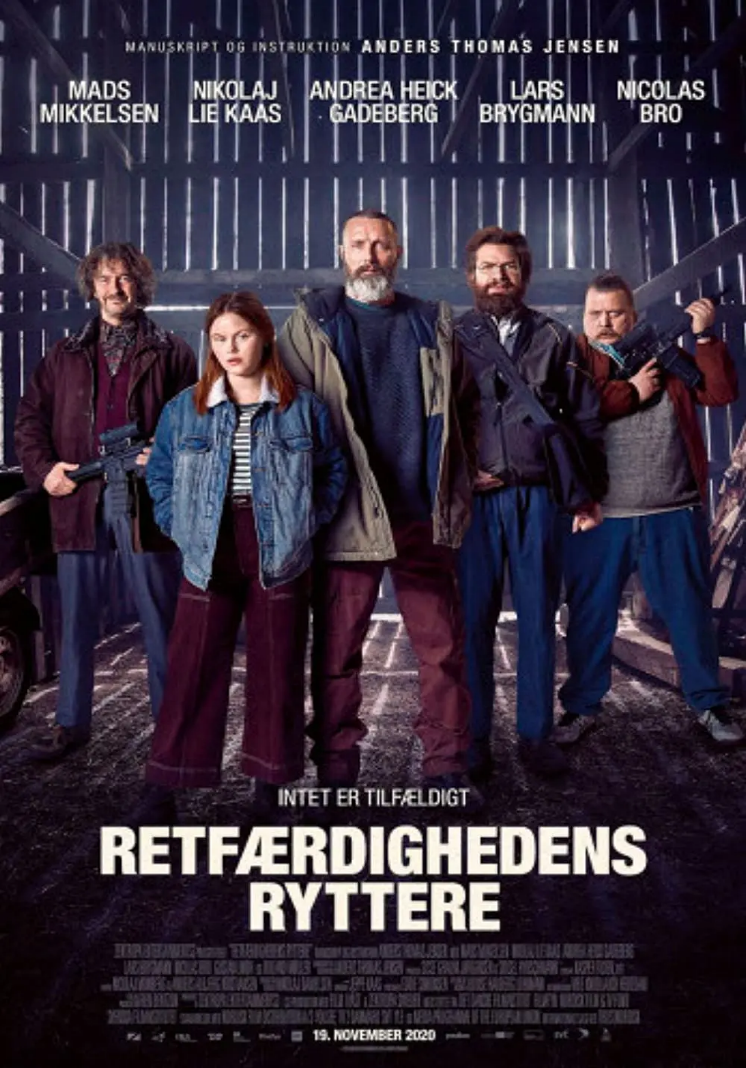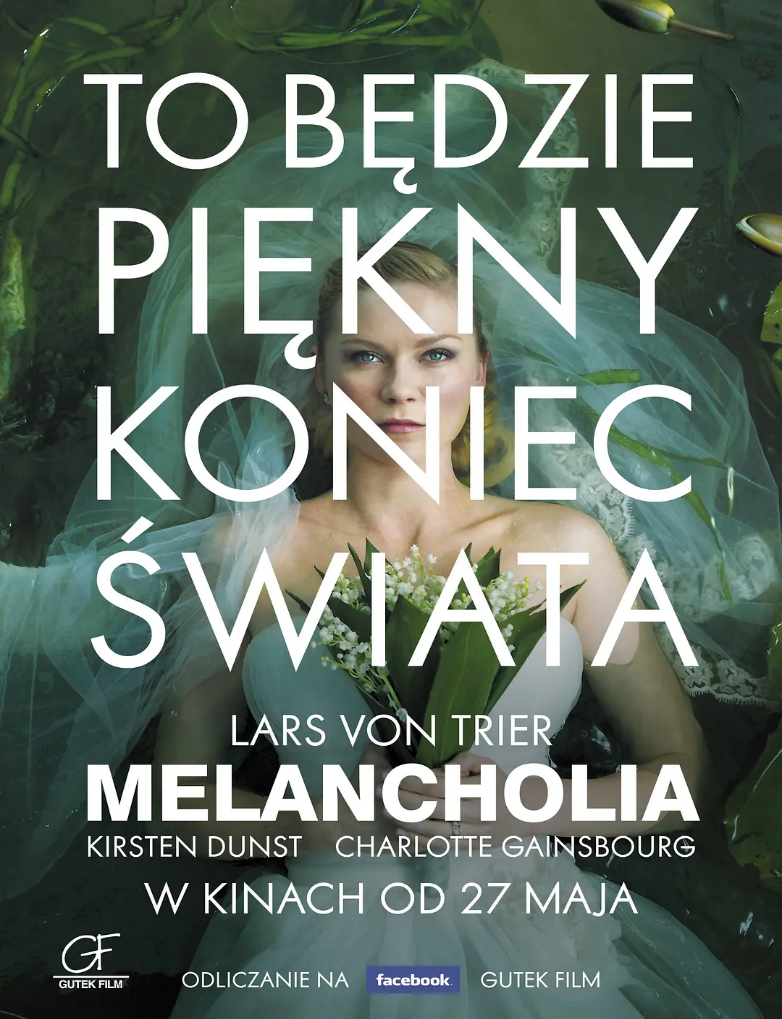Hævnen Unsolved problems

The film “A Better World”, directed by Danish director Susan Biel, won the Academy Award and the Golden Globe Award for Best Foreign Language Film this year. The film is very typical of the best foreign language film at the Oscars, and is a safe bet in terms of its approach and subject matter, which is not too controversial.
For a long time, the Oscar selection process for Best Foreign Language Film has been criticized by many, firstly, that only one work from one country can be selected for the competition, and in this part, many innovative and critical works are often excluded (this is also the main reason why Chinese works can win European awards, but hardly win the Oscar for Best Foreign Language Film). Secondly, the English pronunciation in the film should not exceed 50%. Lastly, and most importantly, the Academy’s Best Foreign Language Film jury is composed of about 300 people who must see up to 20 films and choose the best from them. These jury members are mainly older, retired people, so their preference for films is naturally moderate. Although this year’s Academy Awards judging process has been fine-tuned, dividing the jury into panels and reducing the number of films seen, the results don’t seem to make much difference.
A Better World” is above average in terms of filmmaking and subject matter, but there are many questions as to whether it is the best work of 2010. The Danish title of “A Better World” is “Revenge”, but when it was submitted for foreign awards, the director changed the English title to “A Better World”, in an attempt to please the audience and the judges.
The main themes of “A Better World” are “violence” and “revenge”, and the film uses many binary elements to highlight the struggles and dilemmas of human nature. Anton is a man who immigrated from Sweden to Denmark and spends his days practicing medicine in a refugee camp in Africa, while his wife and two sons live in a quiet Danish town. As he works in a world of war and injustice, Anton must face a lot of bloody injuries and do his best to help the victims of violence. In his hometown, however, Anton’s twelve-year-old son Elias is a victim of schoolyard bullying because of his “Swede” status. Although Anton is aware of his son’s plight, he is forced to be the absent father in his son’s life due to the nature of his work and his relationship with his wife.
The conflict in Anton’s life is intensified by the arrival of another child. Christy, also a twelve-year-old boy, moves with his father to the town where Anton lives after his mother’s illness and death, and becomes a classmate of Elias. Christie has a strong personality and holds a strong internal anger towards his father because of his mother’s death. However, his father did not know how to deal with his son’s psychological problems because of his own inner grief. After meeting Elias, Christie quickly befriends him and takes on the boy who bullies him, teaching him a hard lesson with a stick and a pocket knife. When the adults questioned Christie’s violent behavior, thinking it would only lead to more violent retaliation, Christie replied: not if he hit hard enough.
When Anton returns home on vacation, he takes his two sons out with Christie and gets involved in a dispute. The younger son and the other child argued over the swing set and pushed and pulled, Anton stepped in to separate the two, but drew the displeasure of the other child’s father, an auto mechanic, who pushed and hit Anton in defense of his son. Although the scene was extremely embarrassing, Anton thought that he should not lower his status and the other side of the fight, so he took the children and turned away. But this incident in Elias and Christie, but very unacceptable, urging Anton to find each other “to settle scores”. In desperation, Anton approached the maintenance worker and verbally accused him of the wrongness of using violence, resulting in the other party abusing Anton as a Swede and slapping him several times. At this point, Anton insisted on the wrongness of the violence and resolutely took the children and turned his head away.
Anton’s insistence on not returning violence with violence is closely related to the environment in which he works. In the refugee camps where Anton worked, a large number of wounded people were brought in every day, all of them victims of violence, the main perpetrator being a partisan known as “Big Man. This “big man” spends his days with armed soldiers, and even uses the sex of the child in a pregnant woman’s womb as a bet to break open her belly. Ironically, the big man had to ask Anton for help because of his leg injury. Although the injured patients, family members and nurses next to him asked Anton not to save this murderous maniac, Anton still stepped in to treat the big man based on the doctor’s morality. The moral trial of Anton did not stop here, just as the big man’s foot injury was about to heal, a pregnant woman with her stomach opened died on the hospital bed, just then, the big man who came aside taunted and laughed at the dead pregnant woman. Anton could no longer control his anger, he pushed the big man out of his medical tent and watched coldly as the big man was surrounded by the people outside and attacked to death.
While Anton is frustrated by the violence in the refugee camp, another violent incident is unfolding in his hometown. Christie couldn’t stand the humiliation Anton was receiving and insisted on making explosives to blow up the car mechanic’s car. The incident had a chance to stop, but it went wrong at three points. First, Elias’s mother found a knife that Christie gave him, and then came to the door to ask Christie’s father, and this incident caused Elias’s internal regret to Christie, so he could not let Christie go blow up the car by himself. Secondly, Christie mentioned to his father that he might die the night before the operation was carried out, and instead of pursuing the details, his father angrily reprimanded him. The last is Elias through the video to his father for help, but Anton because of the tragic events of the day and do not care to talk to his son. As a result, the two children then set off early the next morning to carry out an act of revenge.
A Better World” presents a question that has no simple answer, a dilemma caused by human imperfection: what is the right response to violence? If one holds back, not only will the violence not automatically stop, but more victims will be created. Just like the bullying Elias suffered at school, although the teachers and parents knew the problem existed, none of the adults could solve it, and they all thought that the best way to get rid of the victim status was to let Elias develop a tough personality. Christie is a boy with a strong character, but the result is “violence against violence”, another dilemma. When confronted with violence, adults must think not only about how to end it completely, but also about how to model it to children. Anton, for example, thought that it was because the children were present that he could not “respond to violence with violence,” but this weakness in response provoked a greater sense of rebellion in the children’s minds, and if Anton had fought back in the face of the repairman, perhaps the two children would not have retaliated on their own. Retaliation or not, there is no standard answer. In the film, Christie said the words: If you want to strike, you have to hit hard. This sounds cold and scary, but there is so much truth in it.
Overall, “A Better World” is a very smooth piece of work, but the downside is that it is too dramatic, and there is a slight disconnect between the conflicting dilemmas arranged in the film and reality, and the perfect ending at the end of the film that does not lead to tragedy and mutual understanding, which also somewhat reduces the authenticity and conflict of the film. I like the subject matter of the film, but I don’t like the approach of the film, probably because the director is a woman, so there is a female sensibility, but also a female aversion to conflict and avoidance, the result of the film to form a kind of high up, gently put down the posture.
The content of this film is undoubtedly complex and rich. The cause of violence is often anger; Anton pushes the all-important big man out of the tent because of anger; Christie believes in fighting violence with violence, and the reason behind it is also anger; Elias’s mother is violent towards Kritis when she witnesses her son being seriously injured, again because of anger. No matter how old we grow, how much knowledge we have, how much understanding we have of world affairs, it is impossible to dispense with the sudden emotion of anger, which is human nature, and because of this, violence cannot be eliminated from the root. On this basis, people who suffer violence cannot help but return violence with violence, and the result is a recurring cycle of violence and amplification.
As long as there are people, there will be friction, there will be anger, and there will be violence. Today’s society often emphasizes the education of parents and teachers, believing that violence can be eradicated from this point on, but as parents and teachers, they are human beings after all, and they are either absent from children’s lives because of their own problems, or they are entangled in their own internal problems and are unable to detect children’s psychological problems. is the root cause of children’s violence, just like Anton’s Swedish immigrant status, and just like Christie’s father’s inner trauma. Backward countries such as small African countries and advanced countries such as Denmark, which is known as the highest happiness index, cannot be freed from the problem of violence, which is a human problem and has nothing to do with morality, wealth, or education.




